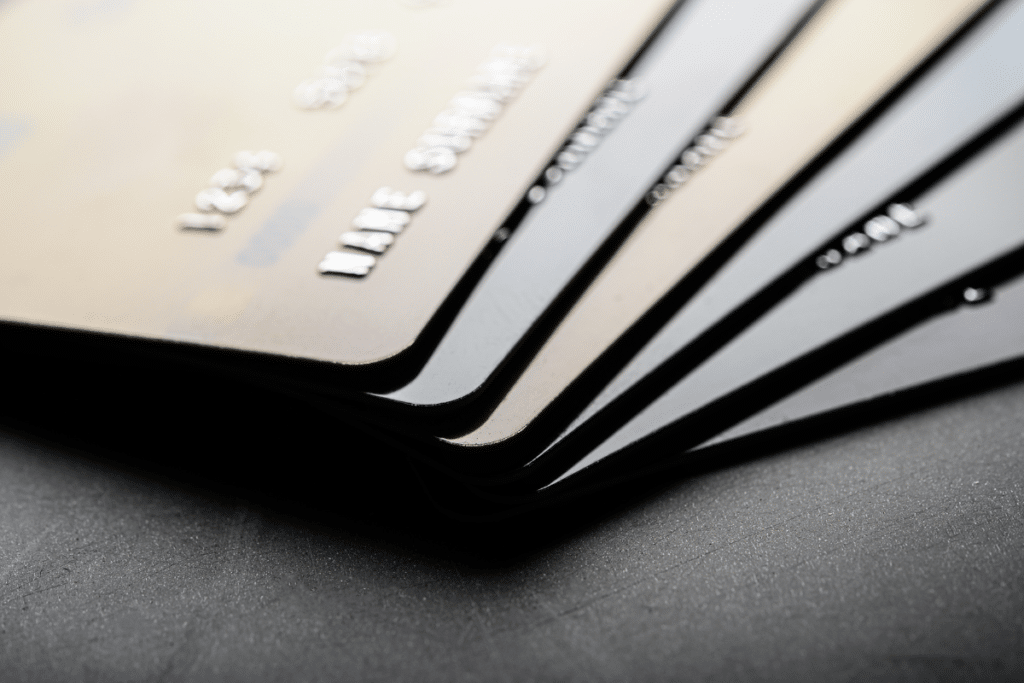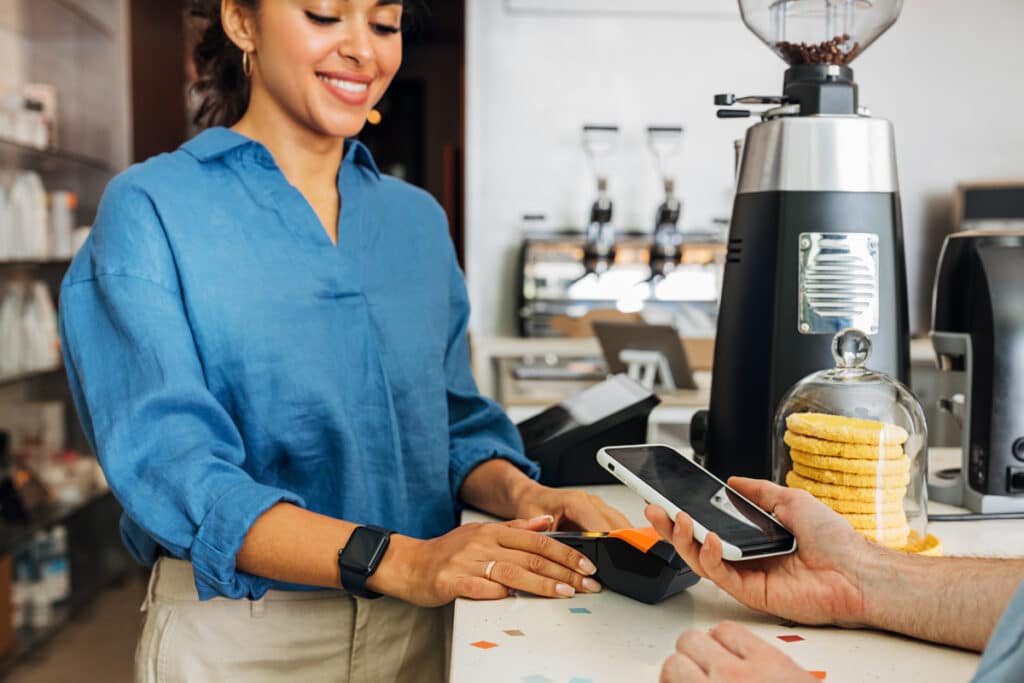Understanding How Credit Cards Work: What Happens After a Customer Pays with their Credit Card?
Are you a small business owner who, up until now, has only accepted cash or debit card payments for your products or services, but are considering accepting credit cards?
Is so, you probably want to know what happens when a customer pays with their credit card.
To help you understand, here’s a simple step-by-step look at what goes on behind the scenes after a customer swipes, taps, or inserts their card or enters their credit card information on your website.
1. The Sale Begins at your Checkout
When a customer pays with their credit card, your machine or checkout system captures their card details and sends them off securely.
2. The Payment Processor Gets Involved
The company that manages your credit card payments (known as a payment processor) picks up the payment details and moves them though the system. Common payment processors include OTT Pay, Square, Stripe, PayPal, Moneris, and Clover.
3. The Card Brand Routes the Request
Brands such as Visa, Mastercard, American Express, and Discover don’t lend money themselves. Instead, they route the payment request to the customer’s bank.

4. The Customer’s Bank Checks the Purchase
Brands such as Visa, Mastercard, American Express, and Discover don’t lend money themselves. Instead, they route the payment request to the customer’s bank.
5. The Bank Approves or Declines the Sale
If the purchase is approved, the bank sends a confirmation back through the system to your checkout terminal. If not, the bank declines the transaction. This all happens in just a few seconds.
6. The Money is Put on Hold
An approval does not mean you’ve received the money yet. Instead, the customer’s bank sets aside the amount of the purchase so it cannot be spent elsewhere.
7. Your Sales Are Collected Together
At the end of the day (or at scheduled times), all your approved credit card sales are grouped into a batch by your system. That batch is then sent to your payment processor for settlement.
8. The Money Starts Moving to You
The customer’s bank releases the money from the purchase. It travels through the card brand and then to the bank account connected to your business.

9. The Deposit Arrives in Your Account
Once this transfer process is complete, the money appears in your business bank account. This usually takes 1 to 3 business days, depending on your processor.
10. Fees Are Deducted Automatically
Along the way, fees are deducted by the companies involved — the payment processor, the card brand, and the banks. The amount your see deposited is the sale total minus those fees.
Conclusion
This clear step-by-step breakdown shows the journey a credit card transaction takes after a customer pays at your checkout.
As you can see, a lot does on behind the scenes to ensure that every credit card purchase is handled securely and vigorously scrutinized before payment is authorized.
It’s all designed to provide peace of mind for both you, the merchant, and your customers.
Did you know: the OTT Pay Smart POS Terminal accepts all major credit cards.
